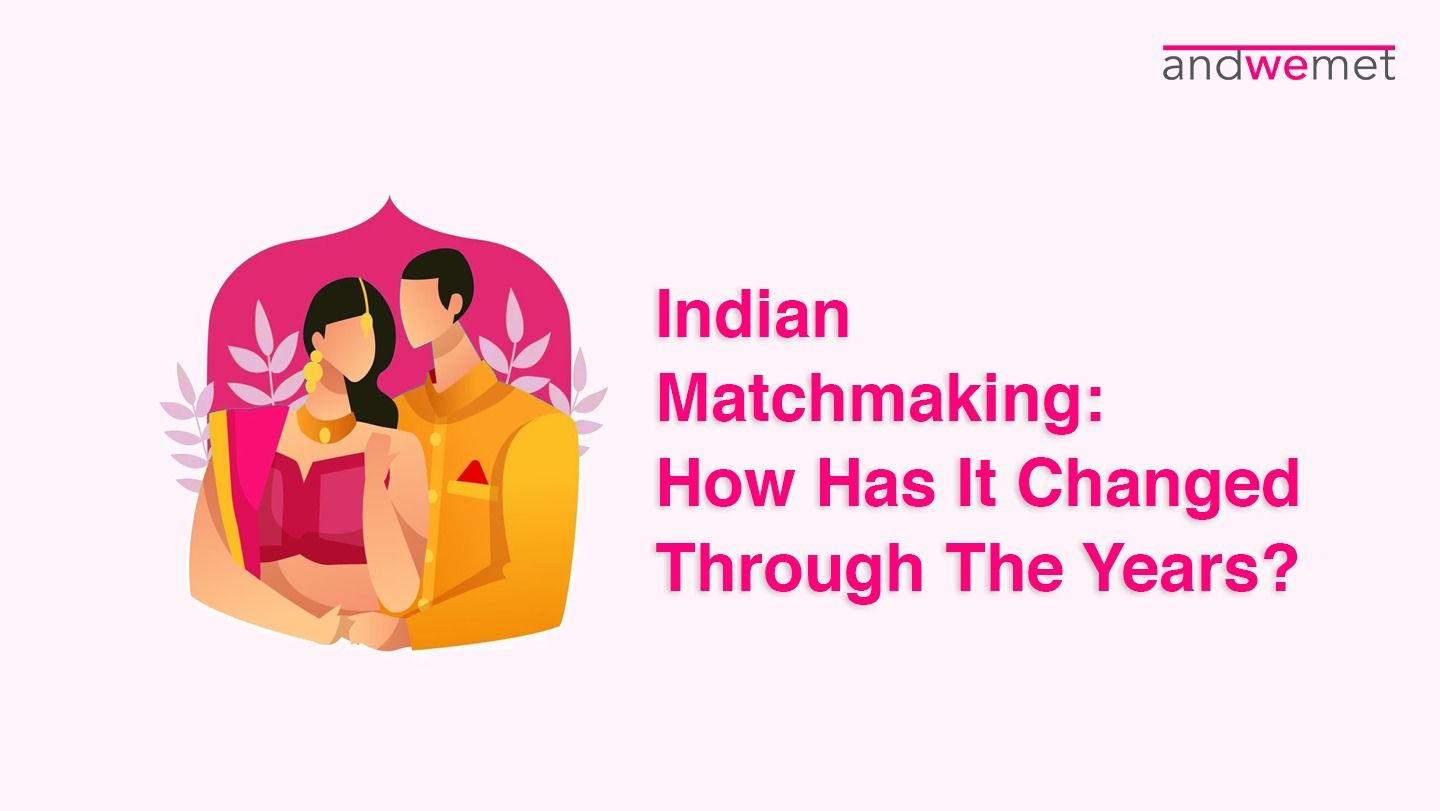Indian matchmaking - then & now
Indian matchmaking is evolving, embracing partnerships over social status. Discover the shift in relationship dynamics and societal acceptance

Indian Matchmaking, a practice that is as old as time, has undergone a sea of changes in the recent years. With the advent of technology, the internet has become a powerful tool in the hands of people who are increasingly choosing to take matters into their own hands when it comes to finding a life partner.
However, there are still some key differences between the way Indian matchmaking works today and the way it used to work in the past.
Earlier, marriages were arranged by families, and their person was expected to get married in/by their early 20s. However, over the last decade or so, this has changed quite dramatically. Families are now taking the consent of their person allowing them to decide when they wish to marry.
A slow but significant change in gender roles in the matchmaking process. In the past, it was quite common for the woman to be a subordinate to the man, both in terms of education and in terms of work. Today, however, there are relationships in which the woman is more educated and/or earns more than the man. This is a reflection of the changing times and the fact that women are now playing a more active role in the match
Divorce was considered as a huge taboo earlier – it is still viewed with raised eyebrows, having said this, people are opting for it if it’s not a healthy relationship, knowing that they live once. With more and more people becoming independent and financially stable, they are viewing marriage as a partnership rather than a burden.
Marriage was the only accepted form of committed relationship till a few years back. While marriage continues to rule the roost when it comes to committed relationships, couples are entering into domestic partnerships and companionships which is showing slow acceptance by the family.
This change in the dynamics of relationships can be attributed to a number of factors such as education, financial independence, and exposure to different cultures.
In India, a country where arranged marriages are still the norm, this change is sure to bring about a revolution in the way people think about relationships.
In general, Indian Matchmaking has become more progressive and open-minded, and we can only hope that it continues to change for the better.
Poll (reflect about it): 𝗪𝗶𝘁𝗵 𝗺𝗼𝗿𝗲 𝗮𝗻𝗱 𝗺𝗼𝗿𝗲 𝗽𝗲𝗼𝗽𝗹𝗲 𝗯𝗲𝗰𝗼𝗺𝗶𝗻𝗴 𝗶𝗻𝗱𝗲𝗽𝗲𝗻𝗱𝗲𝗻𝘁 𝗮𝗻𝗱 𝗳𝗶𝗻𝗮𝗻𝗰𝗶𝗮𝗹𝗹𝘆 𝘀𝘁𝗮𝗯𝗹𝗲, 𝗵𝗼𝘄 𝘀𝗵𝗼𝘂𝗹𝗱 𝘁𝗵𝗲𝘆 𝘃𝗶𝗲𝘄 𝗺𝗮𝗿𝗿𝗶𝗮𝗴𝗲?
- as a partnership
OR
- a social status
